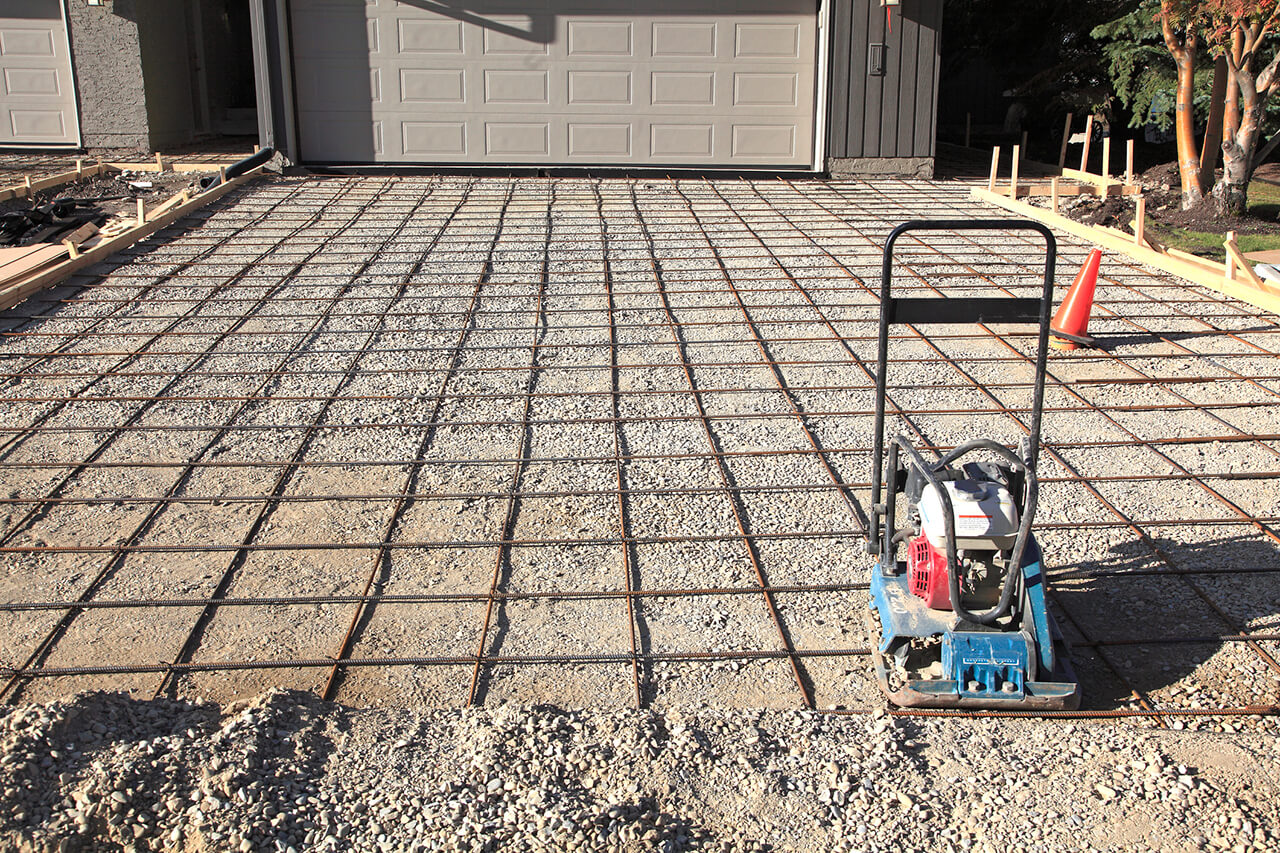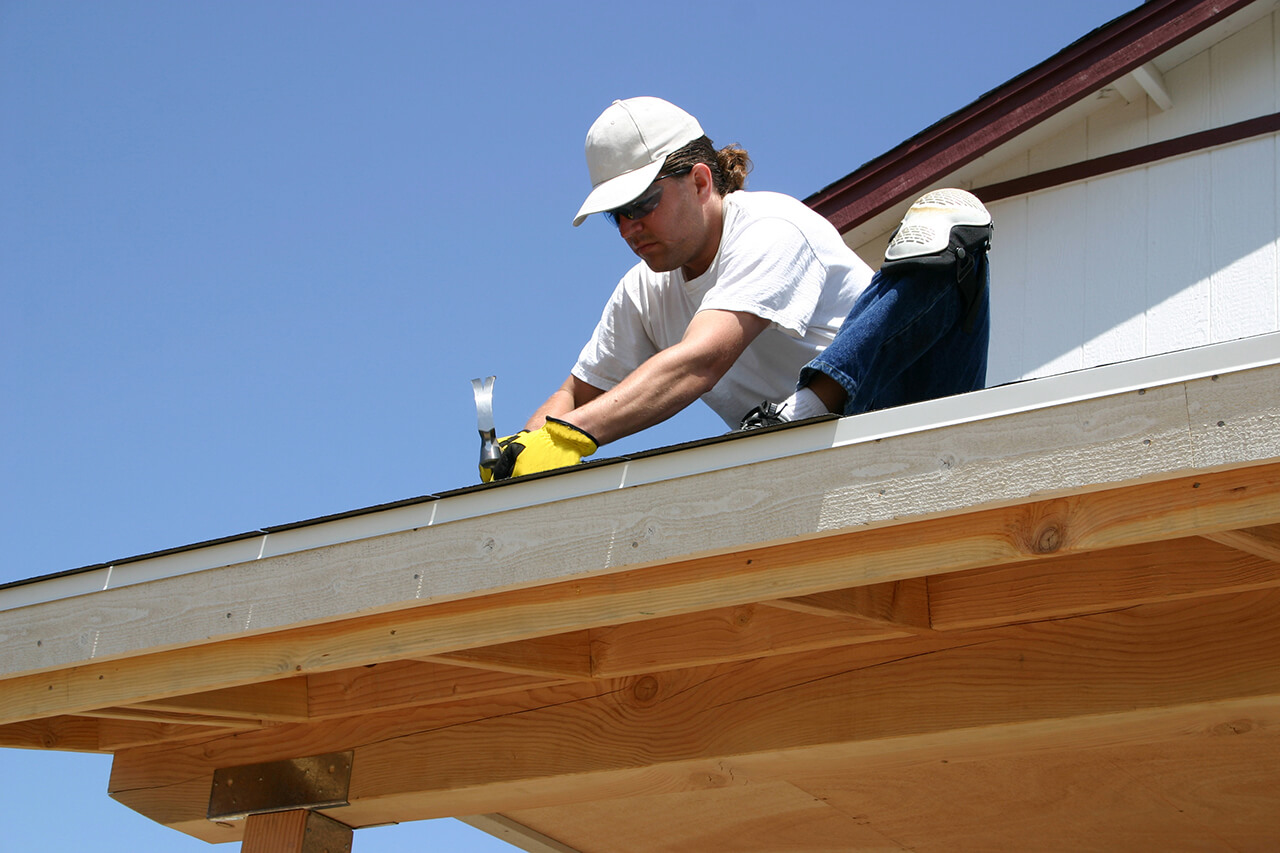How Much Does It Cost to Put in a Subfloor in 2025?
Replacing a subfloor costs an average of $1,560


The average cost to put in a subfloor in a 300-square-foot room is $1,560, including materials and labor, with most projects averaging from $900 to $3,000.
The cost-per-square-foot for subfloor replacement is $3 to $10.
Room size, materials, labor rates, and additional replacement and repairs impact the cost of a subfloor project.
Replacing your subfloor improves floor strength, prevents moisture issues, and enhances comfort underfoot.
Bringing in a flooring pro for $25 to $30 per hour keeps your floors level and the moisture barrier installed the right way.
This article was updated using automation technology and thoroughly reviewed for accuracy by HomeAdvisor Editor Ryan Noonan.
Subfloor replacement gives your floors the strength they need to stay level and squeak-free. On average, expect to spend $1,560 on the cost to put in a subfloor in a 300-square-foot room, though costs can run from as low as $420 to as high as $10,000 depending on materials and labor.
Key price factors include materials, location, labor, and new flooring. Set a clear budget and bring in a trusted flooring pro now so you can enjoy solid, comfortable floors for years.
Subfloor Replacement Cost Factors
Plan on paying $3 to $10 per square foot to replace subflooring. The exact price hinges on the material you pick—standard plywood, treated plywood, or a specialty panel. To estimate your costs, multiply your room’s length by its width to find the square footage, then multiply by the cost per square foot of your chosen material.
Location
Where the subfloor sits in your home affects the final price. For example, subfloor replacement for a bathroom costs an average of $120 to $400. If you’re replacing concrete slab flooring in a 1,500-square-foot basement, you might pay as much as $3,000 to $10,000, including labor and materials. Here is a breakdown of average subfloor replacement costs by location in your home.
| Room | Average Cost |
|---|---|
| Bedroom | $450–$1,500 |
| Kitchen | $600–$2,000 |
| Bathroom | $120–$400 |
| Living room | $900–$3,000 |
| Basement | $3,000–$10,000 |
Labor
Flooring pros charge $25 to $30 per hour for subfloor removal and replacement. They’ll pull up the old floor, cut the subfloor into manageable pieces, haul the debris away, and then install the new panels. After removing the old subflooring, your contractor will install the new materials. Most homeowners opt to use the same company to install the new finished floor surface.
A small, simple job can take as little as four hours, while a larger project—like fully replacing the subflooring in a finished basement—can take up to 24 hours over four to five days. The time required to repair, replace, or install new subflooring varies by several factors, including:
The type of room
The size and shape of the room
The number of appliances and furniture pieces that need to be moved
Whether you hire the same flooring company to both remove and install the new floors
Subfloor Costs by Material
The subfloor material you choose significantly impacts the cost. Moisture-resistant options like concrete or Amdry are ideal for basements, while plywood or oriented strand board (OSB) work well in living areas. Here’s what you can expect to pay for different materials.
| Material | Average Cost (per Sq. Ft.) |
|---|---|
| Plywood | $2.50–$3.50 |
| DRIcore® | $2.50–$9 |
| Amdry | $3–$10 |
| Barricade | $2–$10 |
| Warmboard | $7 |
| OSB | $2.50–$4.50 |
| Concrete slab | $6 |
Plywood
Plywood panels run $40 to $50 each for a 4-by-8-foot sheet, which works out to $2.50 to $3.50 per square foot. For a 300-square-foot room, you’ll spend $750 to $1,050 to replace the subfloors with new plywood.
The most common type of subflooring is made from 3/4-inch thick plywood panels. Most types of plywood subflooring fit together using a simple tongue and groove system, allowing them to lay flat without squeaking underfoot.
DRIcore®
DRIcore® costs an average of $2.50 per square foot. One of the more popular alternatives to plywood, DRIcore® engineered panels are composed of a hard plastic base and a top layer made of OSB—thin strips of wood bonded with wax and resin. The product is highly moisture resistant. For a 300-square-foot room, DRIcore subfloor replacement will cost an average of $530.
Amdry Insulated Subflooring
Designed for concrete slab basements, Amdry’s multilayered panels are highly insulated. They offer products with R-values from 5 to 7, the highest among all subfloor materials on the market. To complete the installation, you must also purchase connectors. A package of 15 connectors costs $20.
Barricade
Expect to pay $2 to $10 per square foot for Barricade materials. Barricade subfloor systems serve various needs, including sound dampening, floor heating, and moisture resistance. The company provides products suited to many flooring materials, including vinyl, laminate, engineered hardwood, carpet, and tile. For a 300-square-foot room, Barricade subfloor replacement will cost $600.
Warmboard for Radiant Heated Flooring
Used with radiant heat hydronic systems, Warmboard costs an average of $7 per square foot or $2,100 for a 300-square-foot room.
OSB
OSB panels cost 10% to 20% less than plywood, or $2.50 to $4.50 per square foot for an OSB tongue and groove system. An inexpensive and popular material, OSB is an engineered wood similar to particleboard. Because raw OSB absorbs water easily, it can warp quickly after a flood or major leak.
Concrete Slab
Concrete subfloors cost an average of $6 per square foot. Some homeowners skip wood-based subfloors altogether and install a concrete slab for maximum durability. A flooring contractor can install tile and stone directly on top of concrete slab subflooring, but if you want carpets, hardwood, or laminate, you’ll need to install an underlayment on top of the concrete.
This subflooring does little to stop moisture or cool air from entering your home, so you may need to add a moisture barrier or additional insulation.
Other Flooring Replacement Costs
With most subfloor repairs or replacements, you’ll likely replace the flooring and the floor joists as well. Here’s the cost breakdown for other subfloor replacement costs.
New Flooring
New flooring ranges in cost depending on the type you choose. These are the average costs for various types of flooring materials.
| New Material | Average Cost (per Sq. Ft.) |
|---|---|
| Hardwood | $6–$12 |
| Laminate | $3–$8 |
| Carpet | $3–$11 |
| Tile | $5–$45 |
| Linoleum | $3–$12 |
Joists
Joists support your floors, so it’s important to have a local home inspector inspect them when replacing your subflooring. Floor joist replacement costs vary widely depending on the extent of the damage and the type of joist. Expect to pay $100 to $300 per joist.
Signs you might need to replace your joists include:
Visibly moist or rotting wood
Tilted or sinking crawl space supports
Uneven or tilting door and window frames
Sloping or sagging within your upstairs floors
Cracks in interior drywall
Budgeting for Subfloor Replacement
Consider these cost-saving strategies to make your subflooring project more wallet-friendly:
Tackle removing the existing subfloor yourself if you have the ability. Doing the demolition before bringing in a contractor will save you on labor costs.
Choose an inexpensive subflooring material, while still considering your needs.
Get at least three quotes from local flooring professionals to ensure competitive pricing.
DIY vs. Hiring a Flooring Contractor
Replacing subflooring takes skill and precision. You can patch a small area on your own, but a flooring pro will make sure the entire surface sits level, stays squeak-free, and has the right moisture barrier. Flooring pros have the tools and knowledge to tackle complex issues like structural repairs or moisture barriers, preventing costly mistakes down the line.
Schedule a consultation with a local flooring professional to ensure a safe, durable subfloor installation.
How HomeAdvisor Gets Its Cost Data
No place is more important than your home, which is why HomeAdvisor connects homeowners with local pros to transform their houses into homes they love. To help homeowners prepare for their next project, HomeAdvisor provides readers with accurate cost data and follows strict editorial guidelines. After a project is complete, we survey real customers about the costs to develop the pricing data you see, so you can make the best decisions for you and your home. We pair this data with research from reputable sources, including the U.S. Bureau of Labor Statistics, academic journals, market studies, and interviews with industry experts—all to ensure our prices reflect real-world projects.
Frequently Asked Questions
Persistent squeaks, soft spots, warped or cupped boards, cracked tiles, musty smells, or cabinets that suddenly feel loose all point to a failing subfloor. When you spot any of these red flags, the subfloor’s structural integrity has likely slipped below safe standards and needs prompt replacement.
A well-installed subfloor should last 50 to 100 years, so any early warning signs mean water damage, rot, or another hidden problem that a flooring pro should inspect right away.
You can layer a new subfloor over an old one only when the existing surface is perfectly sound—no dips, rot, or moisture damage. If there’s any doubt, remove the floor covering and underlayment and start fresh from the top down; replacing the subfloor from underneath is unsafe and rarely effective.
Stacking a new sheet onto a flawless base won’t weaken the structure, but skipping repairs on a damaged layer can leave you with uneven floors and bigger headaches later.
Your subfloor is supported from below by sturdy joists and completed from above with an underlayment and finished flooring. The joists form a robust framework while the underlayment creates a smooth base for the visible floor covering. This layered construction guarantees maximum stability and durability, ensuring that every component contributes effectively to the overall performance of your floor.
Consider repairing your subfloor if the damage is minor and the overall structure is sound. However, if you’re facing widespread decay, extensive water damage, persistent sagging, or significant rot, it’s essential to replace the subfloor entirely to maintain safety and structural support. While minor repairs cost less than replacing your subfloor, substantial damage requires a full replacement for lasting results.
A flooring professional can replace only the damaged section of your subfloor when the remainder of the structure is still solid. They remove the compromised portion with precise cutting tools and install an exact match to restore integrity.
This section-by-section replacement conserves resources, minimizes disruption, and maintains the overall strength of your flooring while ensuring that any necessary reinforcement is completed when needed.
Replacing a subfloor takes a defined amount of time that depends on the project’s scope and the installer’s expertise. Minor sections of damaged subfloor are replaced within a few hours, whereas complete subfloor replacement for an entire room takes several days when factoring in removal, underlying repairs, and new installation. Each phase—preparation, removal, repair, and installation—is carried out meticulously to ensure a safe and durable result.








